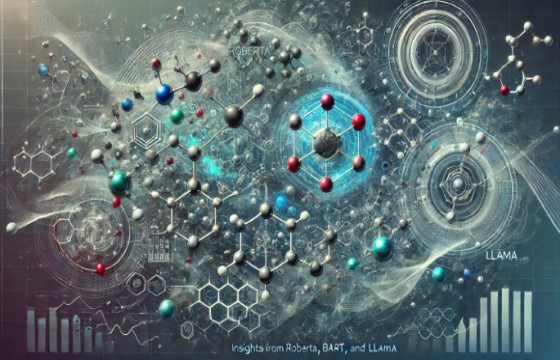GenAI Opportunities in Research at ORU
GenAI offers transformative potential across ORU's diverse research spectrum, from natural sciences to humanities and the creative arts. It can enhance data analysis, generate new insights, and even assist in writing academic papers, thereby revolutionizing traditional research methodologies.
Principles for Responsible Use of GenAI in Research
- Accuracy and Verification: Researchers must ensure the accuracy of GenAI outputs, checking for biases and errors, and must document verification processes in all scholarly communications.
- Comprehensive Documentation: Usage of GenAI tools should be thoroughly documented, with clear reports to stakeholders such as sponsors and academic publishers.
- Bias Mitigation: Actively work to understand and minimize bias in AI outputs, especially when involving human participants.
- Privacy and Security: Strictly avoid using GenAI with sensitive or protected information, adhering to ORU's updated guidelines and policies to safeguard privacy.
ORu AI research
Deep Learning based Modeling of Wireless Communication Channel with Fading
Youngmin Lee, Xiaomin Ma, Enrique Valderrama Araya, Ph.D., and Andrew Chapuis
In this research paper, Youngmin Lee, Xiaomin Ma, Enrique Valderrama Araya, Ph.D., and Andrew Chapuis employ deep learning neural networks and generative adversarial networks to model stochastic wireless OFDM channels. Their study focuses on accurately simulating channel characteristics such as fading and noise using real-world data, and introduces novel metrics for assessing model performance, with extensive tests conducted on Nakagami fading channels.
Modeling of Time-varying Wireless Communication Channel with Fading and Shadowing
Youngmin Lee, Xiaomin Ma, Andrew Lang
This paper proposes a novel approach using deep learning neural networks and mixture density networks to model channel characteristics more accurately and adaptively. This innovation leads to more reliable and efficient wireless networks, crucial for modern applications like IoT, 5/6G, and smart cars/cities.
The Role of Model Architecture and Scale in Predicting Molecular Properties: Insights from Fine-Tuning RoBERTa, BART, and LLaMA
Youngmin Lee, Xiaomin Ma, Andrew Lang, Duoduo Cai, Stephen Wheat R.
Comparative Framework: Developed a systematic framework to evaluate the efficacy of large language models (LLMs) like RoBERTa, BART, and LLaMA in cheminformatics.




